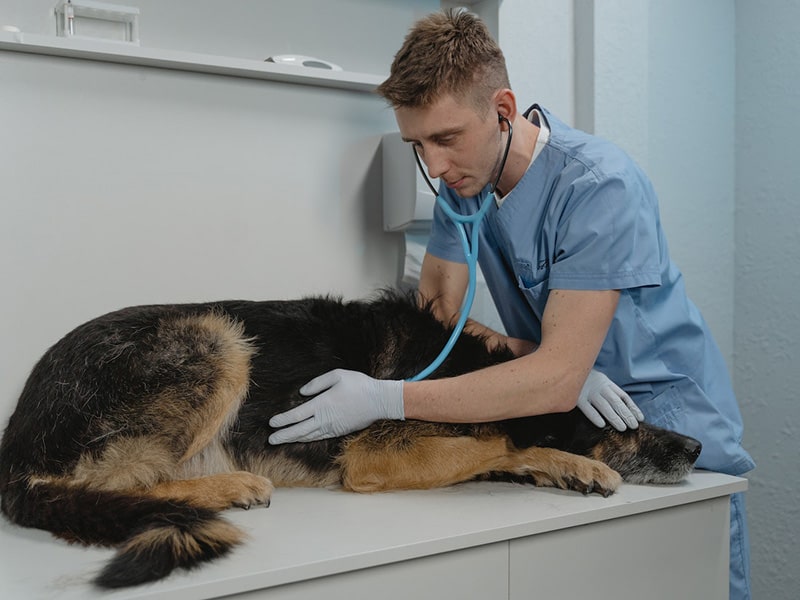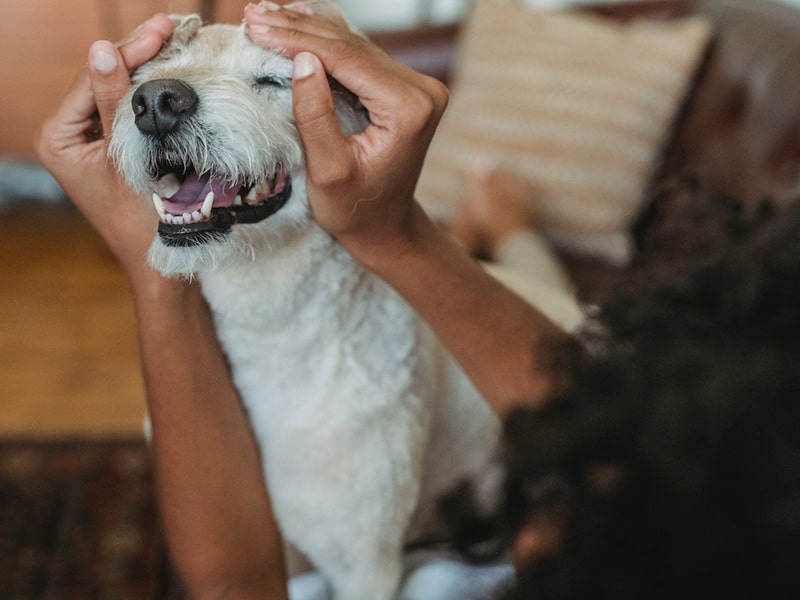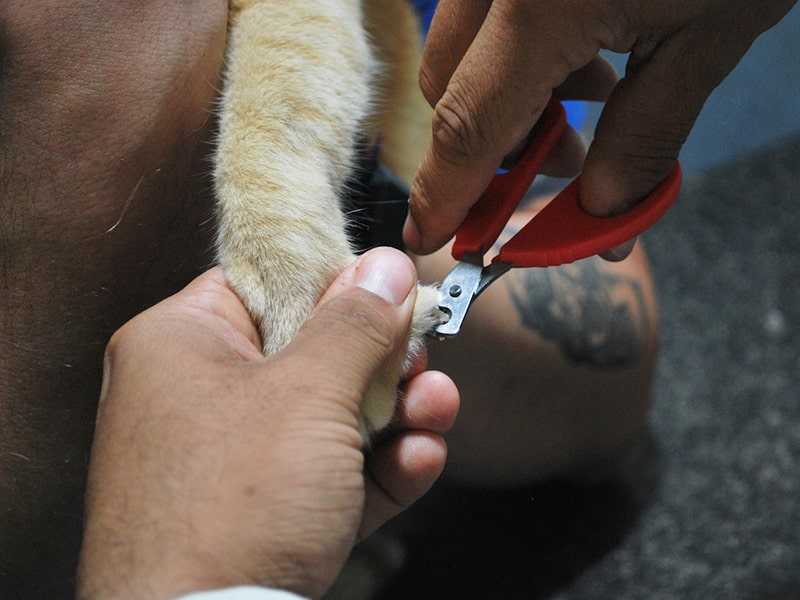Grooming is essential to every dog, young and senior. Through grooming, a dog maintains healthy skin and coat.
But a dog of advanced age finds grooming more stressful than before. Besides, other health challenges common in old age makes grooming an old dog slightly demanding.
The grooming senior dog’s guide equips you with the right knowledge, thus simplifying the process.
Considerations When Grooming a Senior Dog
There are a few features that set apart seniors from younger dogs. Often grooming an old dog has its fair share of challenges. You can make it less stressful by having the following in mind;
Mobility Problems
As a dog ages, mobility issues crop in. Sometimes the dog develops hip and joint problems such as arthritis. As a result, standing for a long grooming period is discomforting to the animal.
Grooming Becomes More Stressful
Grooming can be stressful for any dog. However, as the pet grows and graduates to the senior stage, grooming becomes even more stressful than before.
Senior dogs are thus more likely to feel cranky towards the grooming procedure. It, therefore, pays to hire an experienced groomer to take over the procedure.
Take Note of Health Challenges
The most common health challenges for senior dogs include:
- poor vision or hearing
- arthritis and joint problems
- cancer
- heart problems
- canine cognitive dysfunction, CCD
- development of bumps and lumps on the skin
It’s essential to have such information in mind before grooming.

Having known the considerations, read on for our recommendation for grooming a senior dog’s guide.
Guide to Grooming Senior Dogs
Short Grooming Sessions
Senior dogs easily get tired standing for a long duration. Besides old age, joint and hip problems become more common as the animal ages. So, one prolonged grooming session is a complete no.
Instead, break it down into multiple sessions, each of a few minutes and rest in between. At the same time, keep a keen watch on the dog. If the animal displays signs of being tired or impatient, give it a break.
Further, the following tips can also help;
- Change to a softer brush.
- Introduce brushing during feeding or petting time. The distraction may help.
- If the dog lies down and presents one side for you to brush, don’t complain. You can work on the other side next time.
Prepare Your Grooming Equipment in Advance.
Before the grooming time, identify the pieces of equipment you’ll need. Ensure that they are in top-notch condition.
For example, if the bristles are bent, repair them. Further, gather the tools and keep them within reach. You don’t want to keep the old dog waiting while searching for a lost nail clipper or brush.
That way, you utilize the dog’s short attention span.
Comfortable Non Skid Surface
Your old pet should stand or lie on secure, comfortable, and nonskid ground. So spread out a rubber mat to make her feel comfortable and relaxed. The non-skid mat or rug lets you brush her with minimal danger of an accident.
Be Gentle and Use Soft Brushes
Don’t be rough on the elderly dog. Further, employ a soft brush with plastic-capped bristles. When using such a brushing tool, you have fewer chances of causing injuries on the lumps or thin skin of the old dog.
Take special care when brushing the joints or belly. Otherwise, you may inflict more pain on the animal.
Don’t Forget About the Massage

Besides brushing, the senior pet also needs a soothing massage. So in between the brushing strokes, introduce massage.
You can wear appropriate grooming gloves and use natural oils on dry skin. Gentle massaging and spreading out the oil on the skin relaxes the animal.
Maintain a Cool Voice
Dogs that advance in age are more likely to have impaired vision or hearing. But even if that’s the case, don’t shout when talking to the dog. Doing so is sure to startle and confuse the dog animal.
Be On the Lookout for Health Problems
As you groom the senior dog, take a keen interest and identify any present health problems. That includes foxtails, lumps, and mats.
Particularly, don’t forget to check inside the mouth, behind the ears, tail, and between the toes. If you notice any pressure sores or other health problems, contact your vet.
Ear Cleaning Tips
Daily inspect your dog’s eye for any signs of infections like pus or discharge. Invest in an ear-cleaning solution and a clean cotton ball. Swab out the ear canal carefully with the damp cotton ball.
Teeth Cleaning Tips
Regularly check and brush the dog’s teeth. It’s an essential step in maintaining optimum dental health and spotting any infection beforehand.
Caring for the Feet

Long hairs growing between the toes and underside of the foot can cause slipping. Similarly, overgrown nails that click the floor also cause poor footing.
Therefore, check around the paw and between the toes more often. Trim the overgrown hair and nails for a better grip on the ground.
Regular Bathing
Senior dogs require bathing at least once a week. Weekly bathing eliminates dead skin, prevents yeast infection, and keeps the skin moist.
Use a combination of lukewarm water, dog shampoo, and conditioner for a better moisturizing effect. Don’t let water drip into sensitive parts such as the eyes.
Rinse and pat dry with a towel. A blow dry isn’t ideal as it can burn the skin or frighten the animal with the noise.
Remove the Mats with Care
Matted or tangled hair doesn’t provide maximum insulation. On the other hand, forcefully removing the knots pulls on the skin and risks developing sores.
A better method is to apply vegetable oil or hair conditioner and pull the mats apart using your hands.
Trim the Sanitary Areas
At an advanced age, the stiffness of the body may prevent the animals from reaching to clean the sanitary areas effectively. So, after emptying the bowels, the sanitary areas may get dirty with feces and urine.
It’s wise therefore, to trim the excess hair around those regions.
Conclusion
By practicing the tips highlighted in the post, you can make grooming senior dogs less stressful for the pets. Before beginning the grooming process assemble all the items you need.
Know the health challenges that the animal has. Besides shortening the process, be cautious with the grooming procedure. Address the old dog in a calm and soothing voice.
